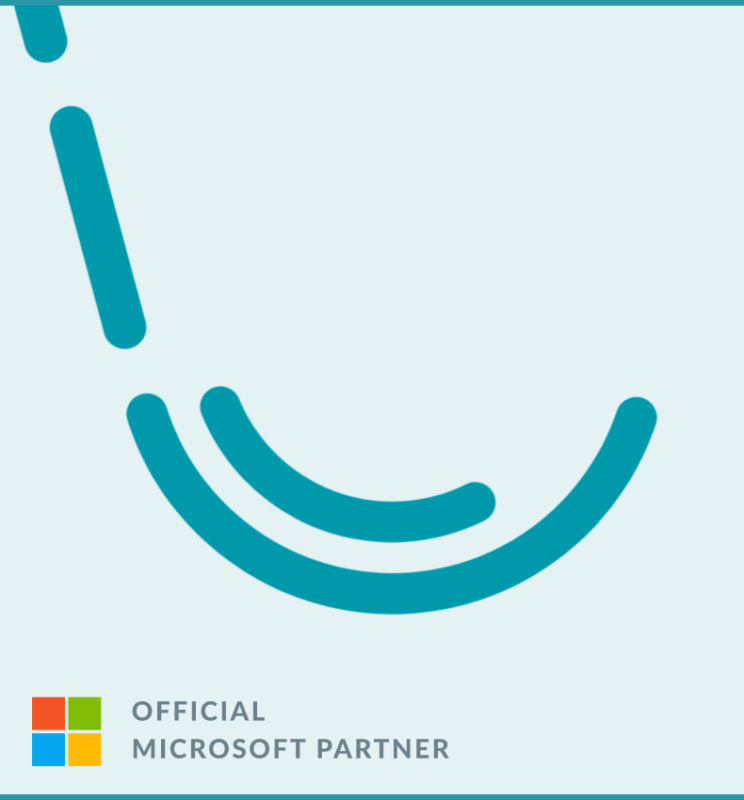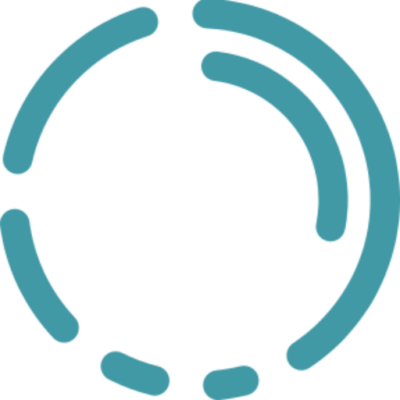At this point, it’s safe to say that we are overly familiar with the term “hackers”. Hackers are malicious actors who attempt to exploit security vulnerabilities and gain unauthorized access. Their motivations vary, but generally, the goal is to take down a network or steal funds and sensitive information. But there is another type of “hacker”. A hacker with ethics. Ethical hacking is a method used to stop malicious hackers before they have a chance to infiltrate your networks.
Ethical hackers are a counterforce to malicious hackers. They simulate real-world attacks to test security posture. They look for any weaknesses and vulnerabilities in an organization’s system and infrastructure. Particularly important is that ethical hackers are authorized to hack the system. Backed by legal authorization, they test how cyberattackers may gain unauthorized access. By identifying where attackers gain access, ethical hackers get a much deeper understanding of how to improve the security system. Ethical hackers can use a variety of techniques to uncover vulnerabilities, including penetration testing, social engineering, and code review.
How does ethical hacking work?
There are four main steps to ethical hacking.

- Planning and legality
First, it’s important that authorization is granted and that the rules of engagement are determined before the hacking attempt begins.
Second, the scope of the hacking attempt and security assessment should be determined. This includes setting the goals of the assessment. The goals of the hacking attempt should be documented to ensure that the ethical hacker’s work remains within the approved boundaries.
- Information gathering and vulnerability discovery
In the second phase, hackers seek to discover any security vulnerabilities and weaknesses. The discovery phase has two components to it:
First, is scanning network points, user enumeration, and service identifcations to get as much information as possible about the target’s network. Second, ethical hackers obtain data on the security posture to figure out how best to probe the network. With this step completed, hackers can begin to identify potential vulnerabilities.
- Vulnerability exploitation and assessment
The third phase is the vulnerability assessment and exploitation. This includes probing the vulnerabilities identified in the second phase. To exploit the vulnerabilities, ethical hackers first attempt to gain access to the network. They escalate privileges, browse the system, and install additional tools to manage the vulnerabilities. The vulnerability probe is repeated if needed, as there can be multiple avenues attackers can take.
Ethical hackers will assess the risk that the identified vulnerabilities pose to the organization. The risk assessment includes identifying which vulnerabilities are most likely to be hit by an attack and if exploited, which vulnerabilities will have the most impact on the organization.
- Reporting
The fourth and final phase is reporting. In this phase, findings are documented. Documentation of the findings should include all identified vulnerabilities, the steps taken to identify the vulnerabilities, a risk rating of the vulnerabilities, and remediation recommendations.
Included in the reporting phase is verification that the security issues have been resolved, patched up, and that there are no outstanding vulnerabilities.
Why should you make use of ethical hacking?
The strength of ethical hacking is vulnerability identification and risk mitigation. As ethical hackers simulate real, malicious hackers, they identify any possible attack vectors.
By identifying possible attack vectors, ethical hacking can help you keep your network secure. Here are some of the many benefits:
- Discover the risk of a given vulnerability to your organization
- Prioritize vulnerabilities based on risk
- Secure applications and protect assets
- Identify security misconfigurations
- Improve cybersecurity resilience

The types of ethical hacking
There are various types of ethical hacking that provide different benefits depending on the needs of your organization. Here are some of the most common types of ethical hacking:
- Web Application Hacking
In web hacking, the focus is on assessing the vulnerability of web applications. Hackers look for SQL injection and authentication flaws.
- Social Engineering
Malicious hackers use social engineering tactics to manipulate targets into sharing sensitive information. Social engineering tactics include phishing, baiting through something like a free download, or impersonation of trusted individuals.
Ethical hackers simulate social engineering attacks to identify vulnerability to these kinds of attacks. This includes gauging employee sensitivity to social engineering techniques.
- Network Penetration Testing
The goal of network testing is to look for any vulnerabilities within the network infrastructure. This may include firewalls, routers, and switchers. Weaknesses in network configurations and access control are identified.
Specialized penetration testing
Penetration testing is a subsect of ethical hacking. The goal of penetration testing and ethical hacking is the same. Both aim to identify weaknesses and vulnerabilities in the security posture. However they differ in that penetration testing focuses on particular aspects of security testing, such as network and web application testing. Ethical hacking is broader. It includes various security testing methods, including penetration testing.
Seculyze consultancy services can assist you in penetration testing. We help you identify vulnerabilities in your security posture before hackers exploit them. While Seculyze provides network and web application testing, we specialize in Microsoft Azure.
Azure penetration testing has a similar process to network penetration testing but the focus is slightly different. In Azure penetration testing, the focus is on your cloud setup. This includes client resources such as storage accounts or databases. The knowledge required to identify vulnerabilities in the cloud is more specialized than that needed for network penetration testing.

Reach out to Seculyze for help in penetration testing – network, web application, and Azure. We will happily help you improve your security posture to defend against the most advanced attacks.







